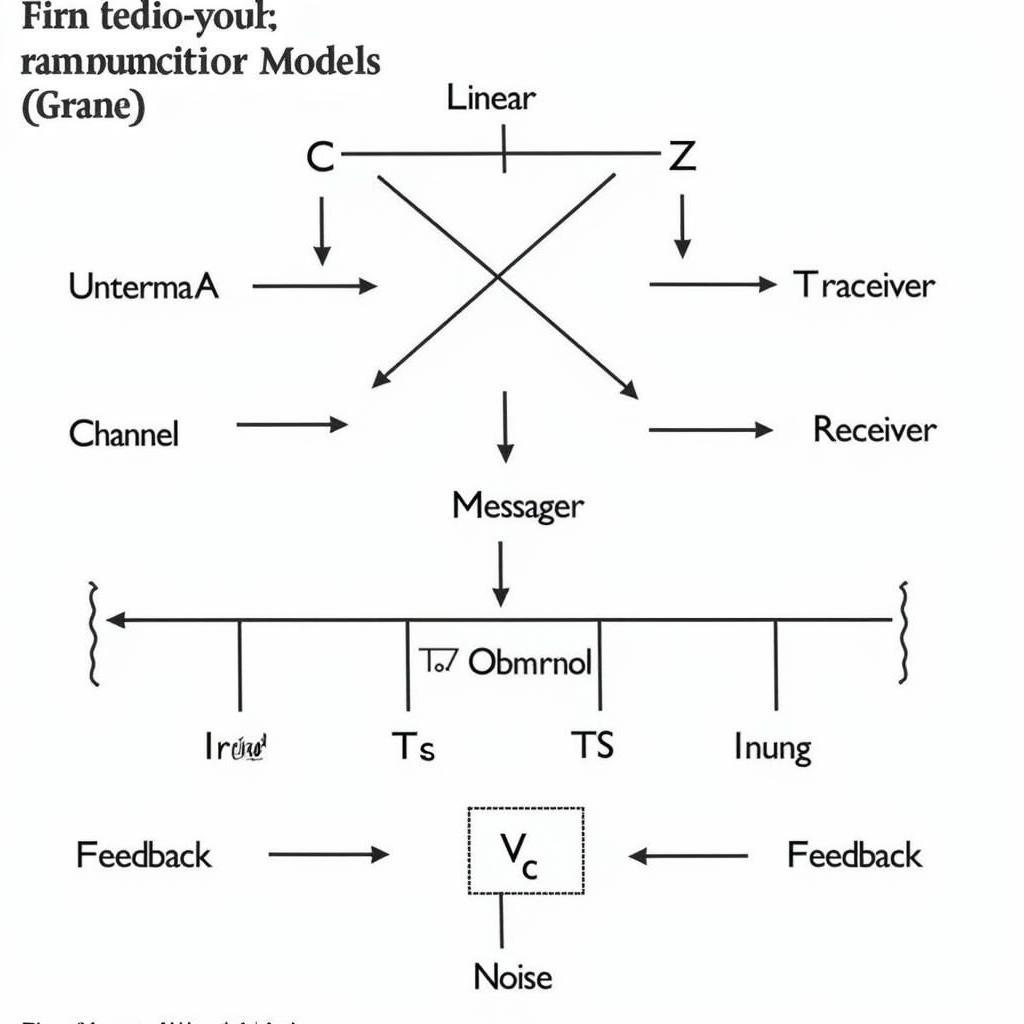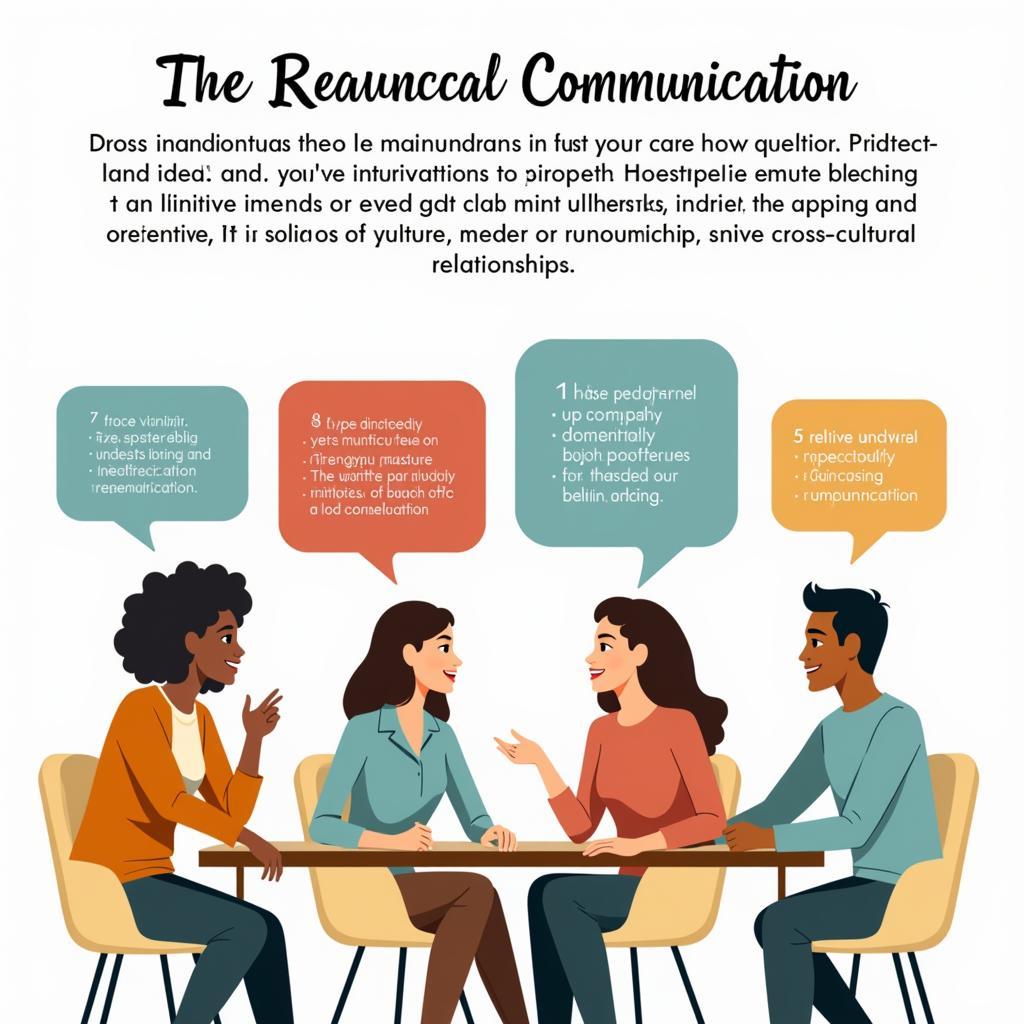Human Communication In Society 5th Edition textbooks offer valuable insights into the complex world of human interaction. These resources explore how we communicate, the impact of technology, and the evolving landscape of interpersonal relationships in our increasingly connected world. Understanding these dynamics is crucial for fostering peace and building bridges across cultures in the digital age.
Exploring the Core Concepts of Human Communication in Society 5th Edition
Human communication in society 5th edition texts delve into foundational communication theories and models, providing students with a framework for analyzing interpersonal interactions. Topics covered often include verbal and nonverbal communication, listening skills, intercultural communication, conflict resolution, and the influence of media and technology on our communication patterns. These editions typically incorporate the latest research and trends in the field, reflecting the constantly evolving nature of human connection. By understanding these core concepts, we can begin to appreciate the nuances of communication and its profound impact on our social fabric.
One key aspect explored in these texts is the role of perception in communication. How we interpret messages is influenced by our individual experiences, cultural backgrounds, and personal biases. This subjective interpretation can lead to misunderstandings and miscommunication, highlighting the importance of empathy and active listening. Another crucial element is nonverbal communication, which encompasses body language, facial expressions, and tone of voice. Nonverbal cues often carry more weight than words, and understanding their significance can enhance our ability to decode messages accurately.
 Human Communication Models in the 5th Edition Textbook
Human Communication Models in the 5th Edition Textbook
The Impact of Technology on Human Communication in the Digital Age
The 5th edition of human communication textbooks recognizes the transformative impact of digital technologies on human interaction. Social media, instant messaging, and video conferencing have revolutionized how we connect, creating new opportunities for communication while also presenting unique challenges. These platforms have blurred the lines between personal and public communication, leading to a heightened awareness of online identity and reputation management. Furthermore, the constant influx of information and the prevalence of online echo chambers can contribute to polarization and hinder constructive dialogue.
Navigating this digital landscape requires a critical understanding of the affordances and limitations of different communication technologies. Developing digital literacy skills is crucial for fostering healthy online interactions and mitigating the potential negative impacts of technology on our communication patterns.
Bridging Cultural Divides Through Intercultural Communication
Human communication in society 5th edition also emphasizes the importance of intercultural communication in our increasingly globalized world. Understanding cultural differences in communication styles, values, and norms is essential for fostering mutual respect and building strong interpersonal relationships across cultures. These texts provide frameworks for analyzing cultural dimensions and offer practical strategies for navigating intercultural interactions effectively. By embracing cultural diversity and developing intercultural competence, we can create a more inclusive and harmonious society.
Learning to communicate respectfully across cultures involves recognizing our own cultural biases and developing an appreciation for different perspectives. Active listening, empathy, and a willingness to adapt our communication styles are essential for building bridges and fostering understanding in intercultural encounters.
 Effective Intercultural Communication Strategies from the 5th Edition
Effective Intercultural Communication Strategies from the 5th Edition
Conclusion: Fostering Peace Through Effective Communication
Human communication in society 5th edition textbooks provide a valuable roadmap for navigating the complexities of human interaction. By understanding the principles of effective communication, the impact of technology, and the nuances of intercultural communication, we can work towards building a more peaceful and connected world. Embracing these insights empowers us to foster understanding, bridge divides, and cultivate empathy in our increasingly interconnected global community.
FAQ
- What are the key topics covered in Human Communication in Society 5th Edition textbooks?
- How do these textbooks address the impact of technology on communication?
- What are some strategies for effective intercultural communication?
- Where can I find resources to further explore the concepts discussed in these textbooks?
- How can understanding human communication contribute to building a more peaceful society?
- What are the differences between the 4th and 5th editions of these textbooks?
- How can I apply the principles of human communication in my daily life?
Need more help? Contact us: Phone: 02043854663, Email: societyforpeace@gmail.com or visit us at Zone 34, Bac Giang, 260000, Vietnam. We have a 24/7 customer support team.
 using WordPress and
using WordPress and